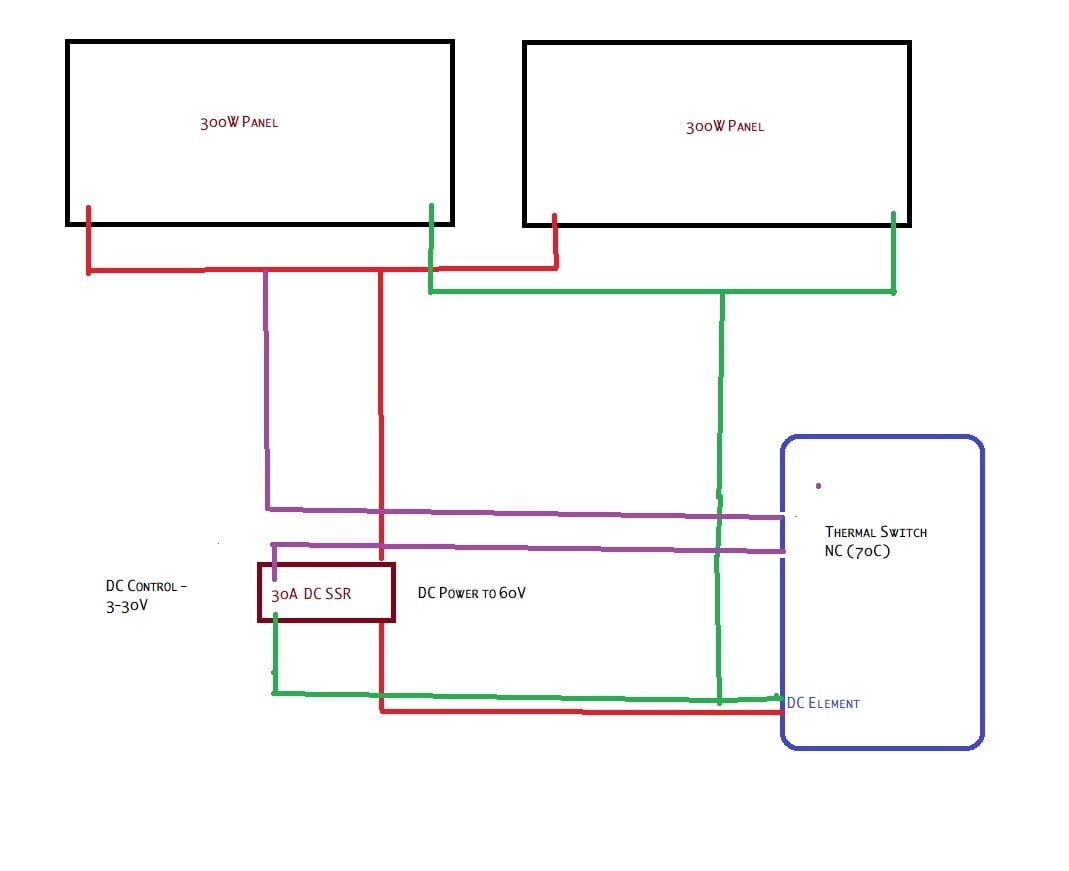Terciops:
Paladin (paladin.nz) is still here, manufacturing in NZ and selling Paladins as required.
We no longer bulk manufacture units though. I was rather underwhelmed with the quality control of our units out of the factory and post Covid I moved the manufacturing to my workshop. This better suited the ongoing volume of sales and has subsequently made a huge improvement to the build quality. The other upside is that the latest Paladin firmware now incorporates a rigorous test and tuning sequence that allows each individual unit to be 'tweeked' to provide much more accurate readings of grid, solar and transfer activity. Paladin has always been accurate enough to do the diversion portion of its' task extremely well, but the daily totals could drift outside the nominal +/-5% I use as an acceptable limit.
For the standard Paladin user this is never an issue, but as Paladin expanded to do more sophisticated tasks via a LoRa broadcast for 2nd tank, remote temperature probe, Air Con DRED control etc for specialised applications, I wanted to tighten this up. Until the V69x firmware any tuning adjustments from standard had to be via a recompile and effectively a dedicated firmware load to match each main board and CPU combination. Now this can be done on the standard firmware and each unit that leaves the test rig has its own tuning values stored internally. This is total overkill for the standard unit, but as it is now part of the testing - there is no extra work and it allows a high confidence that each unit is as good as it can be when it leaves the 'shed'.
I use the Paladin FB page as a sort of ongoing tech blog (https://www.facebook.com/groups/1108024512629017) and for those who like following this sort of thing - it is worth a read.
T
do you do direct setups? ie pv just for the hot water tank.


